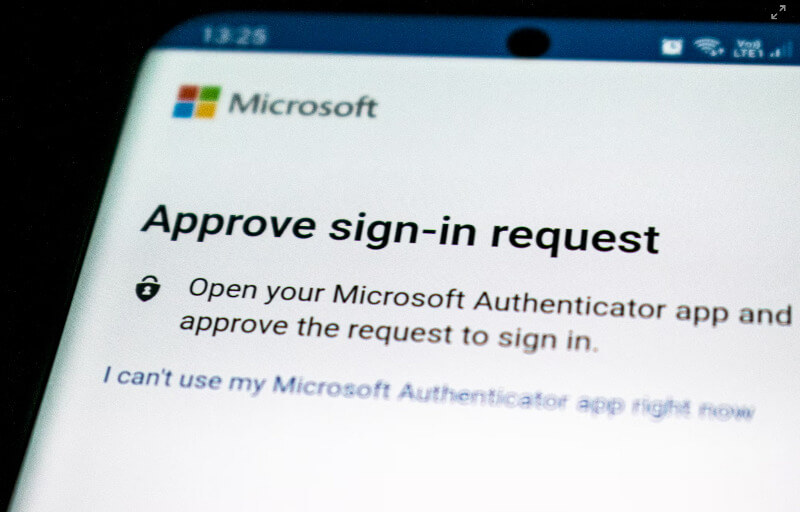Startups don’t have time to fix the same problems twice. You build fast, push code faster, and every feature you add is one step closer to launch. But if your authentication system isn’t reliable or easy to scale, it can slow everything down, or worse, cause security issues you can’t afford.
Good auth isn’t just about login forms. It shapes the user experience, keeps data secure, and saves your dev team hours of headaches. Whether your backend runs on Node.js, Python, or another framework, you need a platform that gives you both flexibility and speed, without locking you into something that breaks when you grow.
Here are five auth solutions that help early-stage teams skip the noise and focus on building products that work.
1. SuperTokens – Flexible Control Without the Complexity
You want something powerful, but not overwhelming, and SuperTokens gives you just that. It works well for teams who need session management, social login, and email/password authentication, but don’t want the weight of a full enterprise system.
It’s particularly useful for auth setup for Node.js, which is why many devs use it as their default. You get full control over your backend logic, but still save time thanks to SuperTokens SDKs and pre-built flows. For example, you can customize the login behavior for different user roles while keeping the codebase clean.
SuperTokens also supports self-hosting or using a managed service. That means you can start lean and still scale when needed. And if you’re working with modern frontend stacks like React or Next.js, integration feels intuitive. You don’t need to babysit it—just set it up and keep moving.
2. Firebase Authentication – Fast Setup for MVPs
If your goal is to launch quickly, Firebase might be your best friend. It offers basic authentication flows with minimal setup. You can implement email/password login, phone number auth, or even sign-ins using Google, Facebook, and other third-party providers.
It connects effortlessly with other Firebase services like Firestore or Cloud Functions. That’s a huge bonus if you’re already in that ecosystem.
You don’t get much flexibility on the backend, though. Custom roles and complex workflows are harder to pull off here. Still, for MVPs or mobile apps, Firebase is a reliable pick that won’t slow you down.
3. Auth0 – Enterprise-Grade with Powerful Features
Auth0 brings a lot to the table. If your product needs to support enterprise clients, you’ll appreciate features like Single Sign-On (SSO), multi-factor authentication, and even biometric login.
It’s a platform that scales well, but comes with a learning curve. The UI is sleek, and the documentation is solid, but it may take a few extra hours to get your ideal setup right.
Also worth noting: Auth0 gets expensive as your user base grows. For early-stage teams, the free tier is helpful, but it’s smart to review pricing before you commit long-term.
Still, if you’re building something complex—like a B2B SaaS platform—Auth0 is a safe, scalable choice.
4. Clerk – All-in-One User Management for Modern Frontends
If you hate building UI for authentication, Clerk will probably feel like a gift. It gives you drop-in components for sign-up, login, user settings, and even session control. That means you can skip the design and jump straight to functionality.
Clerk works best with frontend frameworks like React or Next.js. So if you’re building a single-page app or a modern dashboard, setup is quick and styling can be tweaked with ease.
It’s also great for teams that don’t have a dedicated frontend developer. Everything looks polished right out of the box, and you won’t spend hours fiddling with CSS or building modals from scratch.
5. Magic – Passwordless Auth That’s Email-First
Tired of users forgetting their passwords? Magic takes a different approach. Instead of requiring passwords, it sends users a magic link via email. They click it, and they’re in.
This removes friction and helps boost conversions, especially in consumer-facing apps. If your product targets non-technical users, Magic creates a smoother onboarding experience.
It’s lightweight, easy to implement, and perfect for mobile apps or browser-based tools where users might drop off if the login process feels tedious.
Magic also works well for products that don’t need deep user profiles or role-based access control.
It’s also backed by strong developer support and solid documentation, so even complex flows feel more approachable.
Final Thoughts
Don’t pick an auth platform just because it’s popular. Focus on what your product needs—right now, and six months from now. Luckily, there are tools and platforms available for each of your needs. Simply put, whatever path you take, make sure your authentication supports your product, not the other way around. Secure, smooth login is the first impression your users get. Get it right, and everything else gets easier.

